The 20th Century became a century of speed! The railroad, the automobile, the telephone, the airplane. The industrial age had transformed the world as it had been known for thousands of years, and had transformed it quickly. WW1 had erased any sentimental holdovers of the Victorian Age and by the time of the roaring 20’s the world was moving in top gear. Art, science, philosophy and technology had all changed the way the world was understood. Modernism was the new zeitgeist and there was no going back.
For the first time in my Artist of the Month Series I am going to highlight an entire art movement. Art Deco.
There is no one artist who can be attributed to Art Deco although many were involved in its inception. Beginning in France in the 1890’s with Art Nouveau and Symbolism artists like Mucha and Klimt focused on form and pattern; spreading to America in the Arts and Crafts Movement with architects like Frank Lloyd Wright. Before WW1 Cubism, Futurism and Constructivism played an important role, exploring the new Modern aesthetic of abstraction.
By 1920 Modernism was quickly being adopted by every discipline of the applied arts from automobile design and fashion to architecture. Art Deco essentially became the mass-market, commercial interpretation of Modernism. The modernistic concept of abstraction of forms into highly stylized geometric components was perfectly adaptable to the new commercial printing techniques and industrial applications of furniture, architecture, printing and design fabrication. The new film industry in Hollywood used art deco for its glamorous and modern visuals. Artists such as Russell Patterson, Tamara de Lempicka, Erte, and Rockwell Kent became icons of the style in the field of illustration. Even Pablo Picasso went through an Art Deco phase.
Perhaps no where else was Art Deco so successful as in New York City, the Modern City, the City of the Future. In landmarks such as The Chrysler Building(1928), Radio City Music Hall(1929) The Empire State Building (1929) and Rockefeller Center (1930) the style of Art Deco is on its best display in the city that rose as fast as the new century could build it.
Art Deco has been critiqued for style over substance however, symbolizing the sleek, chromed new modern age. Indictments of its streamlined inorganic forms as a metaphor for dehumanizing man into clones in movies like Metropolis (1927) and novels such as The Great Gatsby (1925) presaged the eventual co-opting of the style by Soviet and Nazi propaganda art to promote idealized conformity with figures as mass produced automatons. The style fell out favor in the west by WWII. (see: The Dark Side of Deco, from The Telegraph on Nazi Art Deco)
In pop culture today the aesthetic of Art Deco carries with it the legacy of oppressive industrial regimes. The Film Noir/Art Deco inspired urban landscapes of the Batman franchise have come to symbolize corporate excess and corruption and in Star Wars the cityscape of Coruscant is eerily reminiscent of Fritz Lang’s mega city.
Art Deco still stands as a monument to the first flush of excitement and exhilaration as we rushed into the 20th Century. Today Art Deco is more popular and highly collectable than ever as we rush into a new century which is even faster than the last.


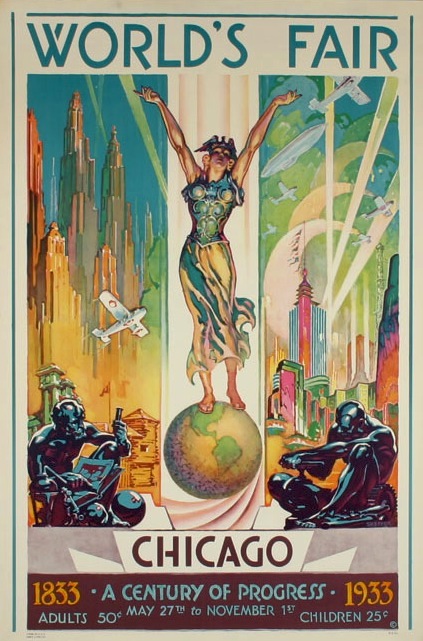
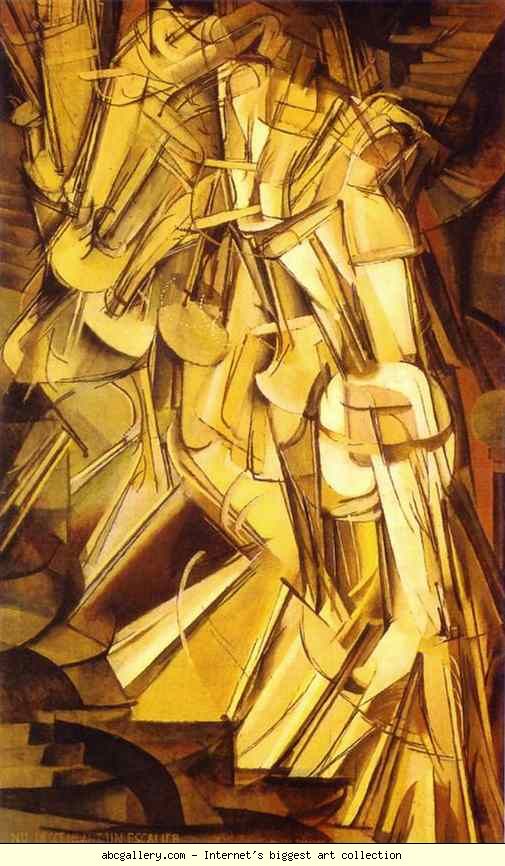
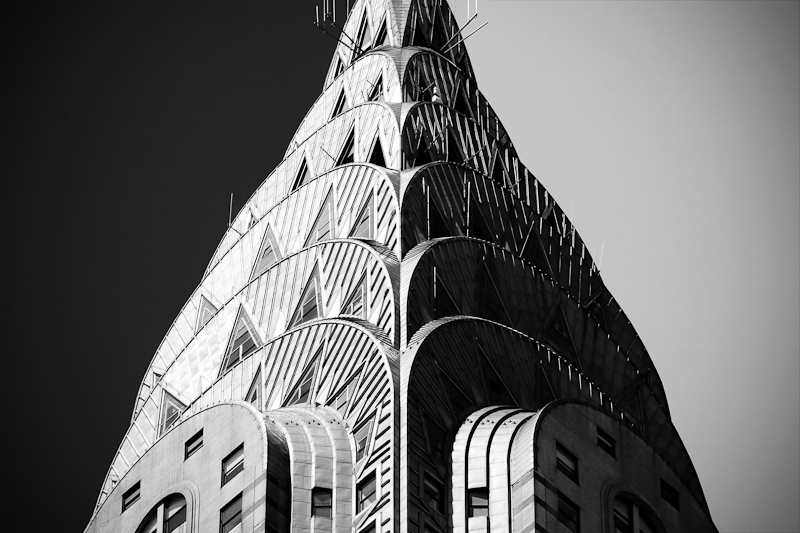
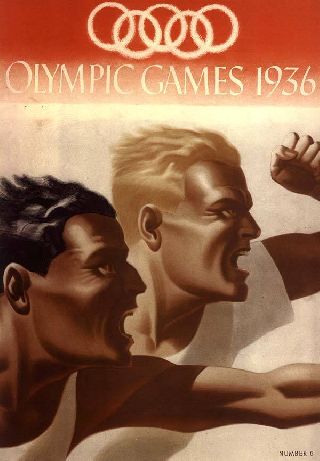
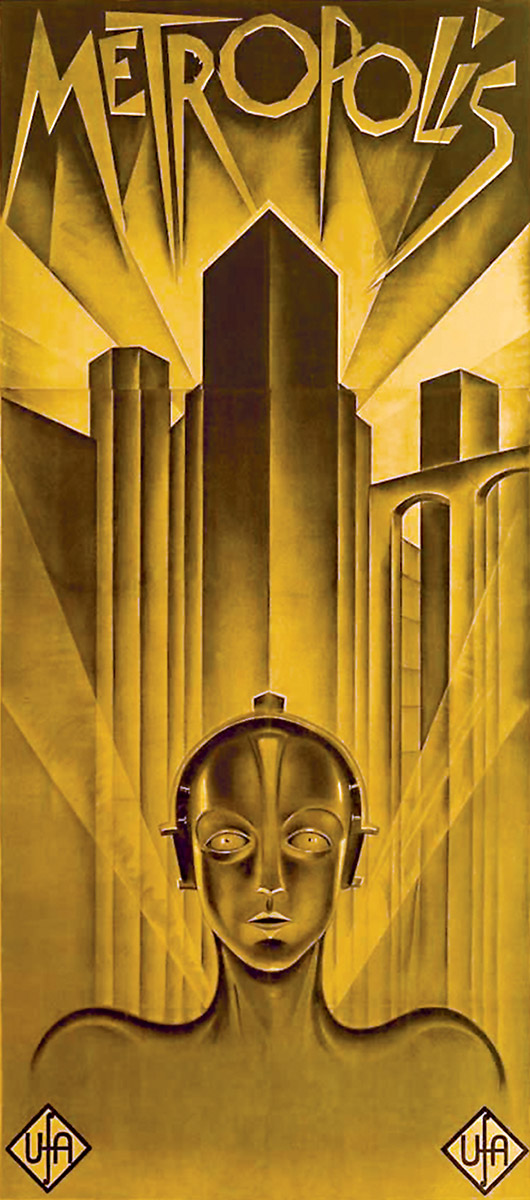
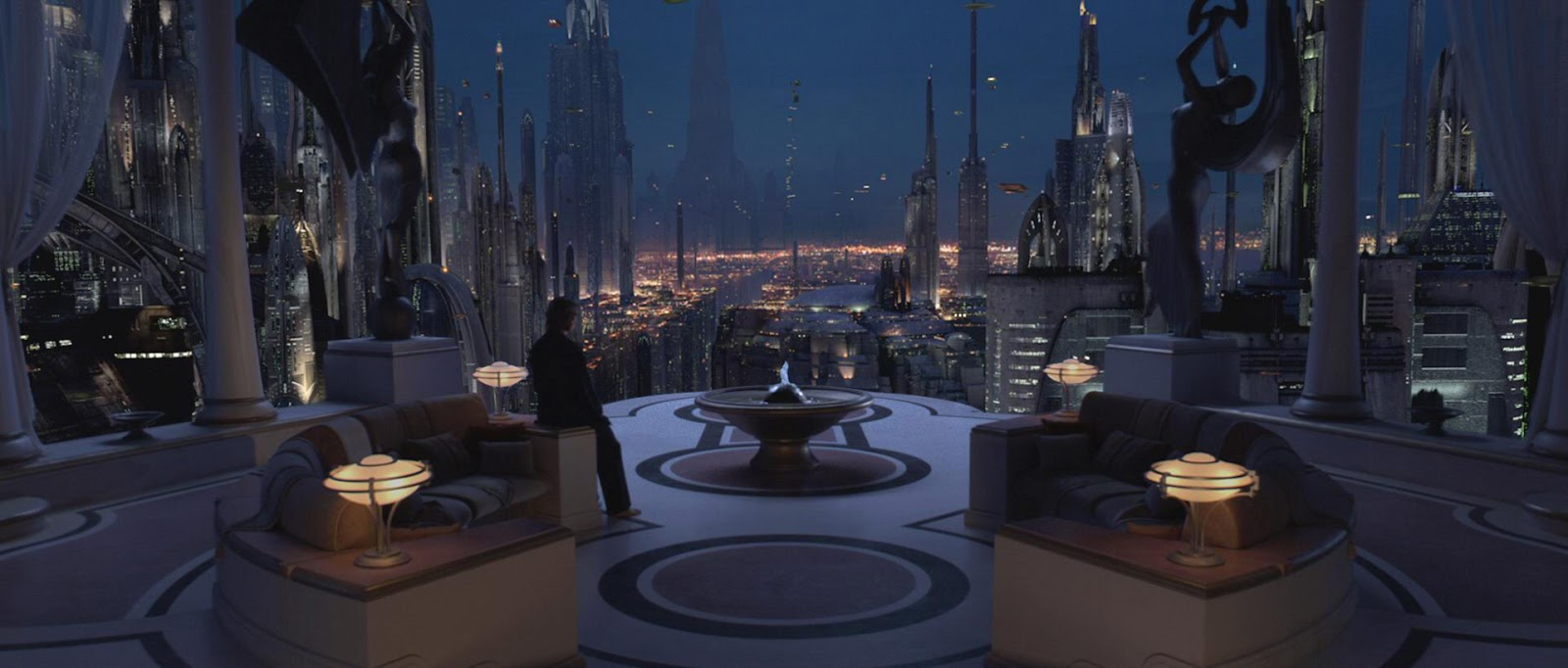
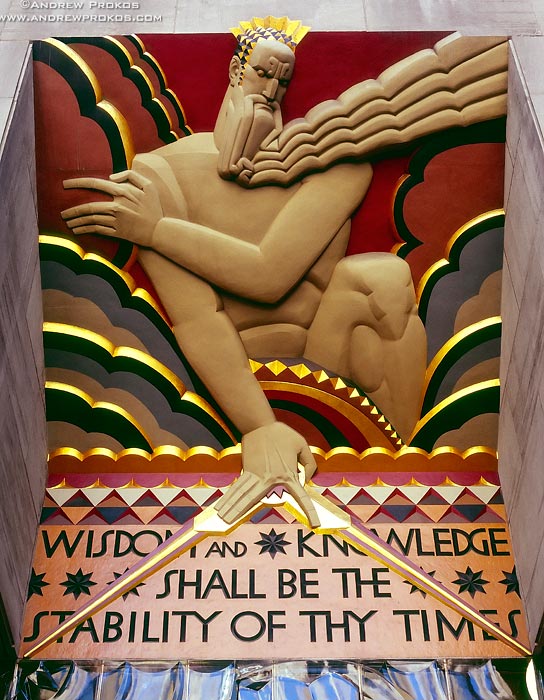
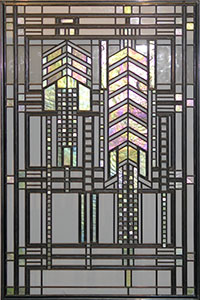
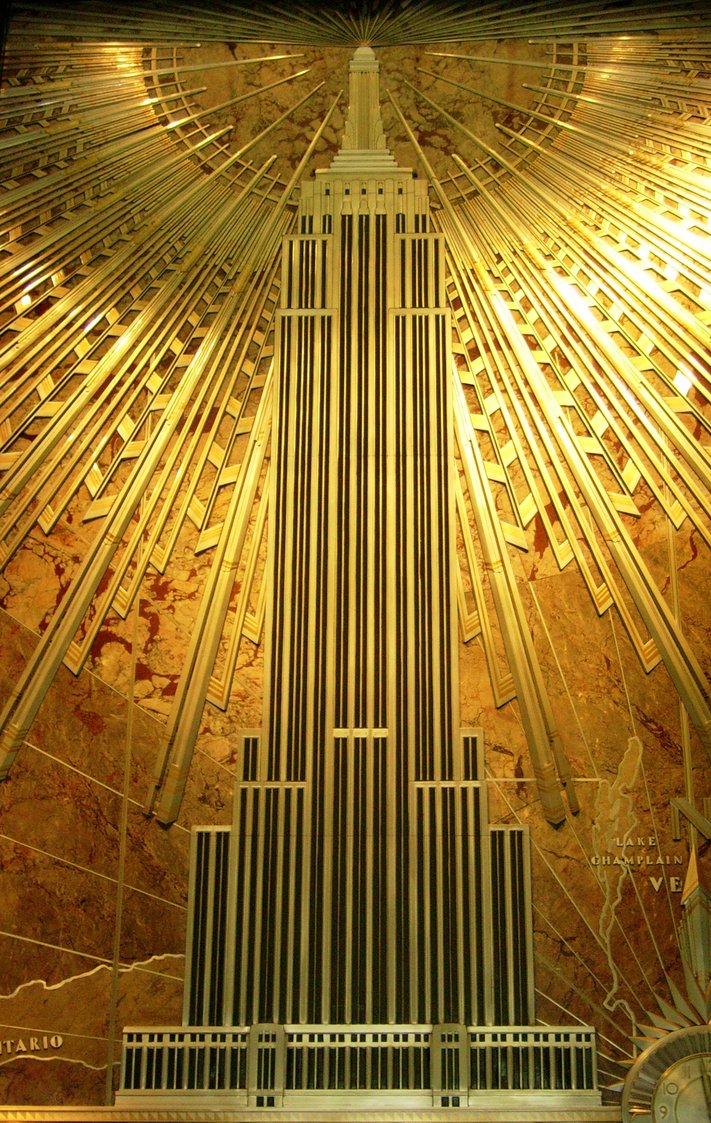
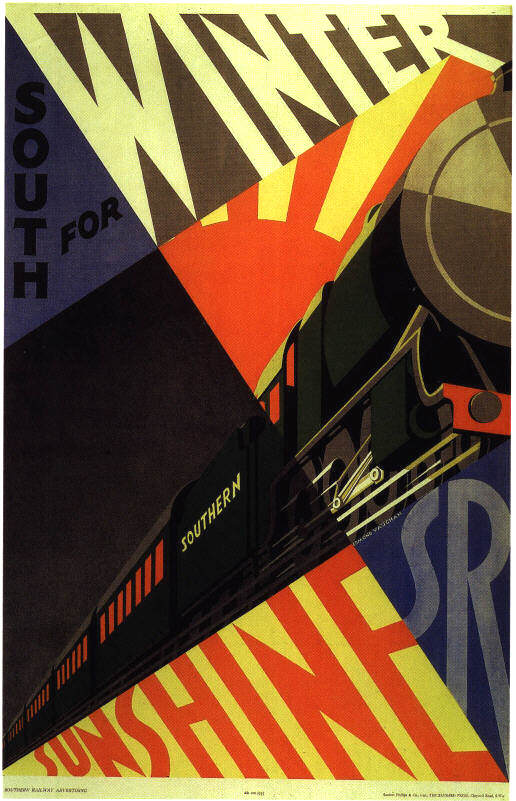
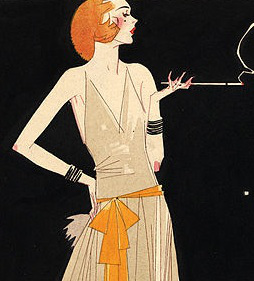
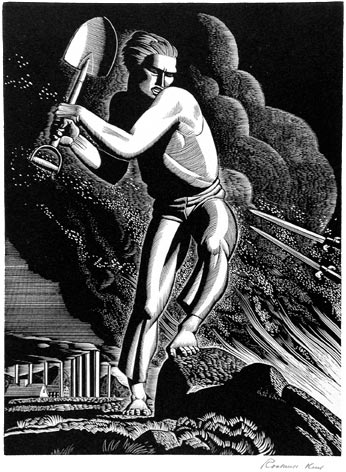
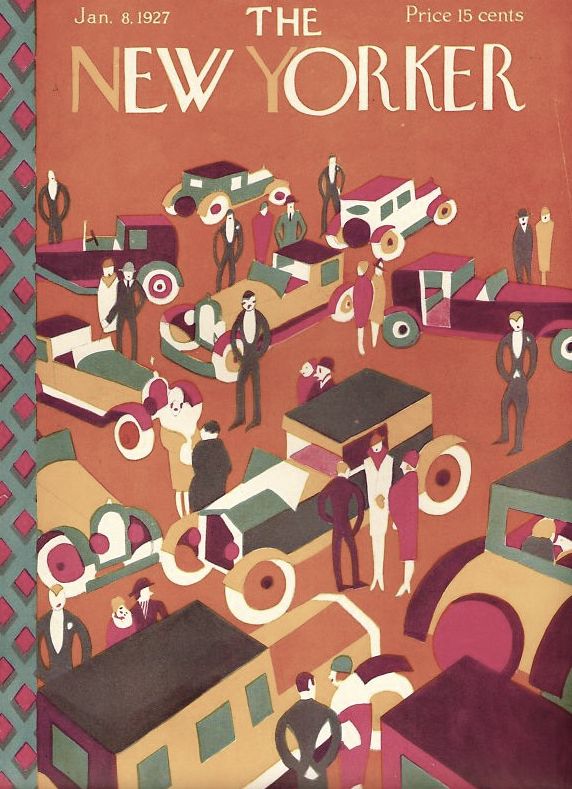
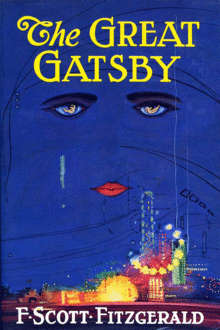

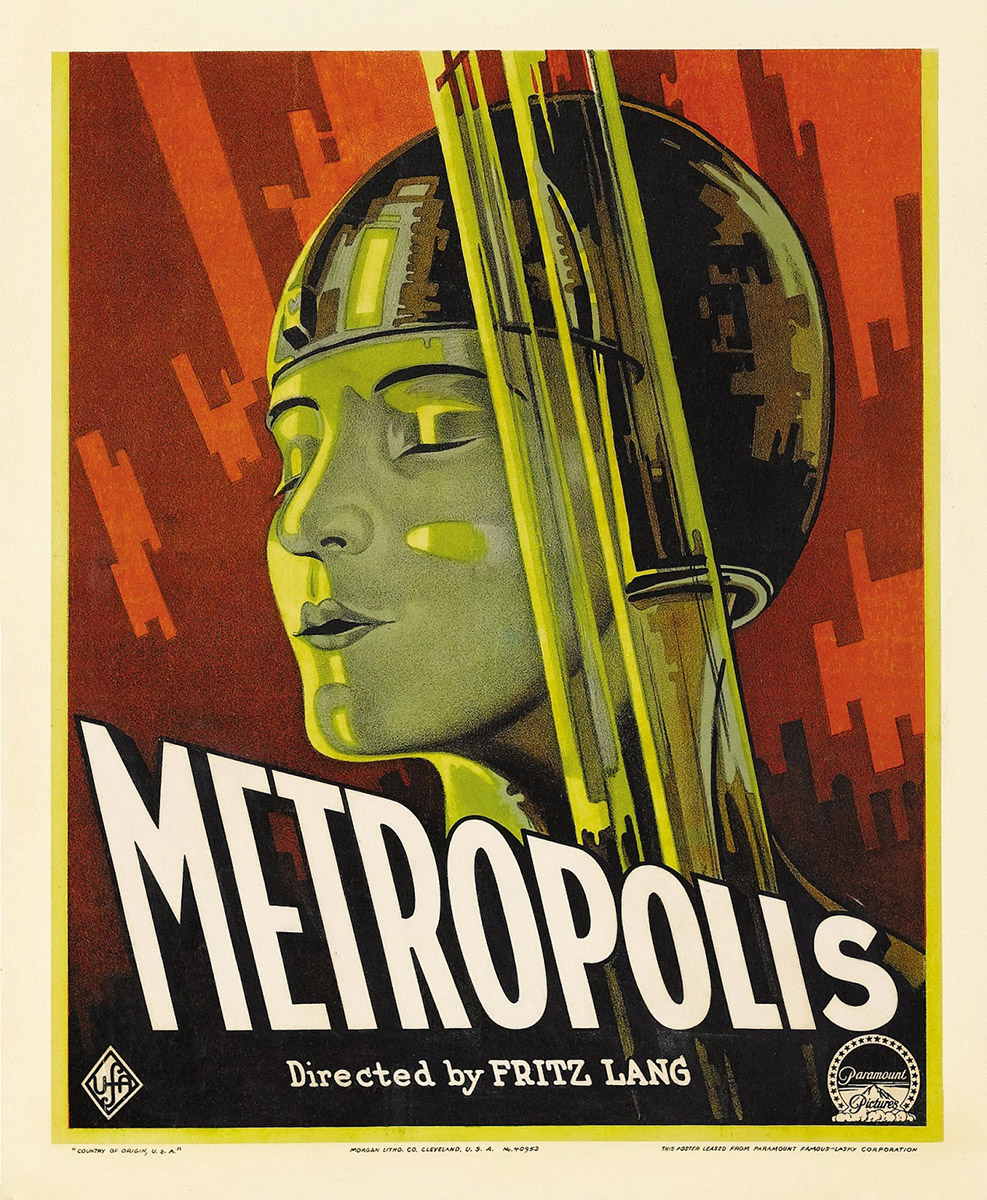
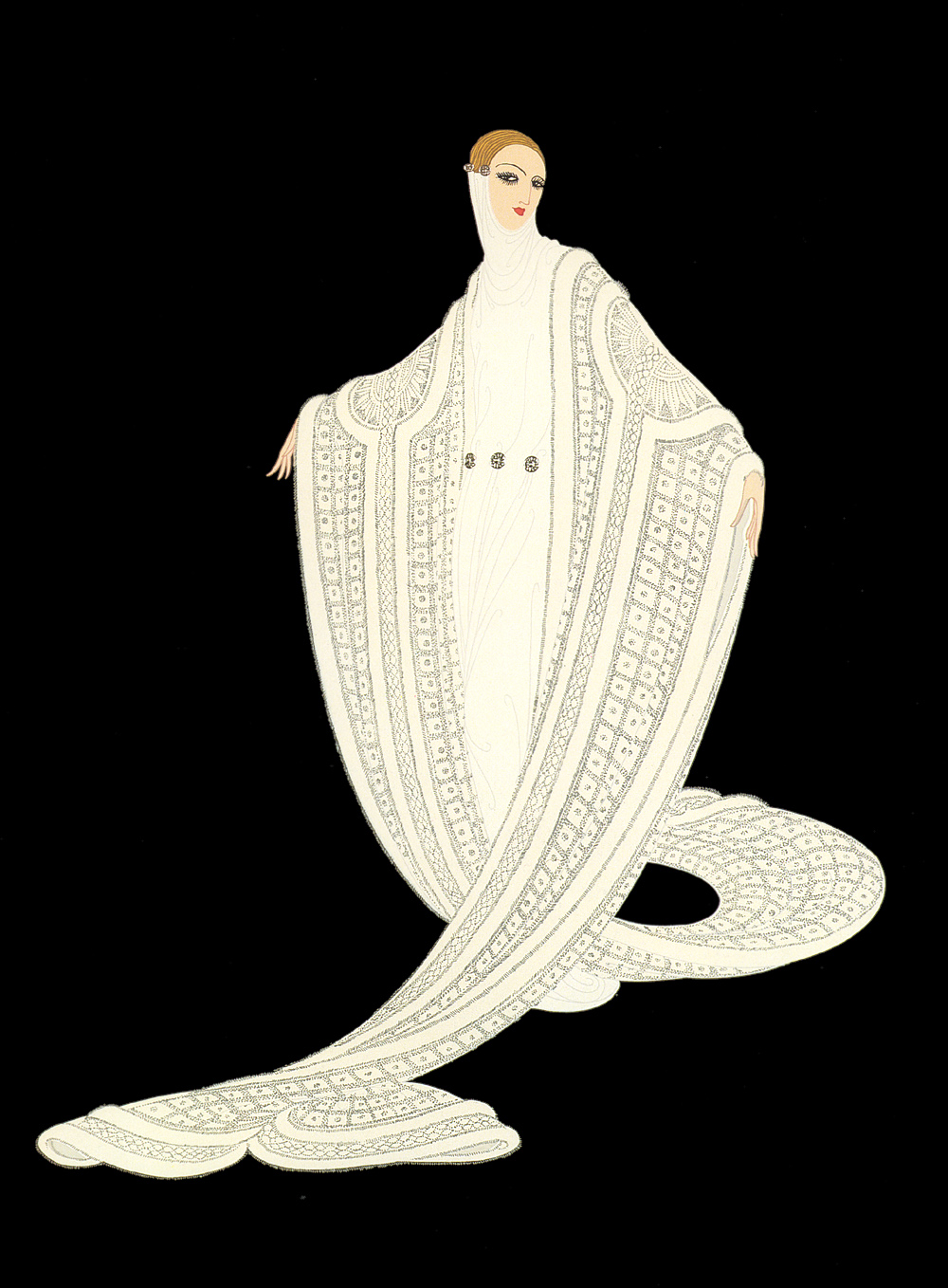

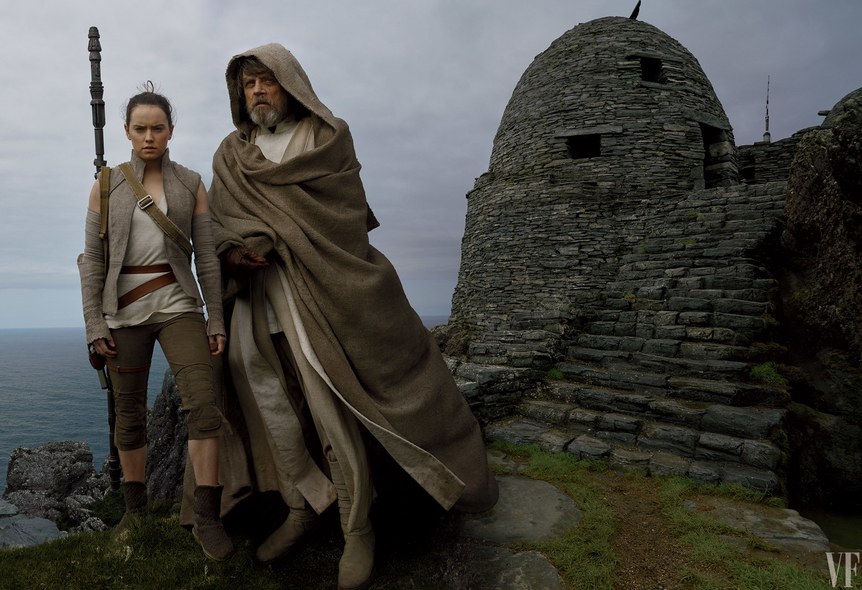

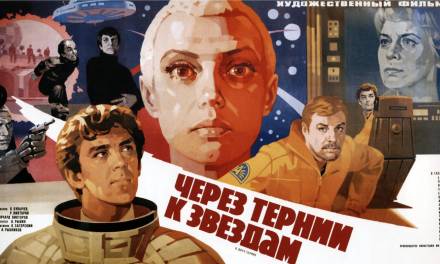


Love the post, and looking forward to the next in the series. Do you by chance know the creator of that last image? It's fantastic!
It's painted by Tamara De Lempicka. We may do a whole post on her soon.
That would be great Dan. Another great post William.
Very well informed post. Upon furthe reading I learned it was more global than I knew.
I did read a few years ago that, at least in part, Art Deco motiff's were based on American Indian motiff's (at least here in the United States), the reason for many of the simple geometrical shapes like zig- zag lines, think indian blankets. After WW I designers were taking inspiration from our own country instead of looking toward Europe and abroad.
So much great design came out of Art Deco.
We have many great architectural examples here in Los Angeles too, including a couple standouts in my hometown of San Pedro.
Los Angeles is unusual in that our splendid Art Deco and slightly earlier buildings were not destroyed to make way for the post-WWII boom. They were just boarded up and left when everyone flocked to the new and trendy housing developments in the Valley – San Fernando and others.
Quite a few of the smaller towns around Los Angeles benefited from the boom and got their own lovely buildings. Burbank, where I grew up and still live was a company town for Lockheed and the movie business. It has a splendid little City Hall whose fountain still works. The Council Meeting room had a fantastic WPA mural hidden for years behind some boring panels installed to modernize the place in the 50's and our Water and Power building has a stunning little Deco lobby – a beautiful fresco and great rounded chromed and silvered counters and windows.
I'd never been in it until my mother died and I went down to transfer the house to my name. I walked in and let out this echoing “WOAH!” Really. I'd no idea it was there! They kinda laughed.
Very nice post!
Personally prefer Art Nouveau to Deco (they do share similarities though), the Deco movement is full of wonders. Lends itself so nicely to making pulp designs even today 🙂
WW2 propaganda posters/visuals created by Germany & Russia … while their purpose was nasty, the illustrators creating these pieces of art cannot be faulted. Some amazing stuff produced in that time.
Great post, thanks!
I knew next to nothing about art deco when I started research on this blog, inspired by a suggestion by Dan Dos Santos. I learned a lot in putting it together and have much better appreciation for the style. As for German propaganda art, it is always difficult to separate the artist from the intent, which is a long running debate in the study of art history. Can you or should you separate the art from the artist? That's a discussion for another time.
Thanks for the feed back.
I knew next to nothing about art deco when I started research on this blog, inspired by a suggestion by Dan Dos Santos. I learned a lot in putting it together and have much better appreciation for the style. As for German propaganda art, it is always difficult to separate the artist from the intent, which is a long running debate in the study of art history. Can you or should you separate the art from the artist? That's a discussion for another time.
Thanks for the feed back.
That's a great observation. A lot of early modernists were deeply inspired by “primitive” artwork. F.L. Wright's prairie style drew upon Native American aesthetics while Picasso was looking at African masks and the impressionists were studying Japanese art. All trying to get away from a Euro-centric Renaissance tradition.
That's a great observation. A lot of early modernists were deeply inspired by “primitive” artwork. F.L. Wright's prairie style drew upon Native American aesthetics while Picasso was looking at African masks and the impressionists were studying Japanese art. All trying to get away from a Euro-centric Renaissance tradition.
That's great! I'm a native New Yorker, so for me Art Deco and NYC go hand in hand, but LA was booming at the same time.
That's great! I'm a native New Yorker, so for me Art Deco and NYC go hand in hand, but LA was booming at the same time.
I apologize for not tagging the photos, there were just so many, and Dan and I both added examples. I've provided links to the sites on artists and movements that I used in my research. Enjoy!
I apologize for not tagging the photos, there were just so many, and Dan and I both added examples. I've provided links to the sites on artists and movements that I used in my research. Enjoy!
Fine Art! Outstanding blog! Your blog is very informational and knowledgeable. These antique cupboard seem like something that can really be beneficial for those who are looking to make their art so better. Kindly visit now us as soon as possible. This blog is really helpful for one who wants to purchase antique furniture.